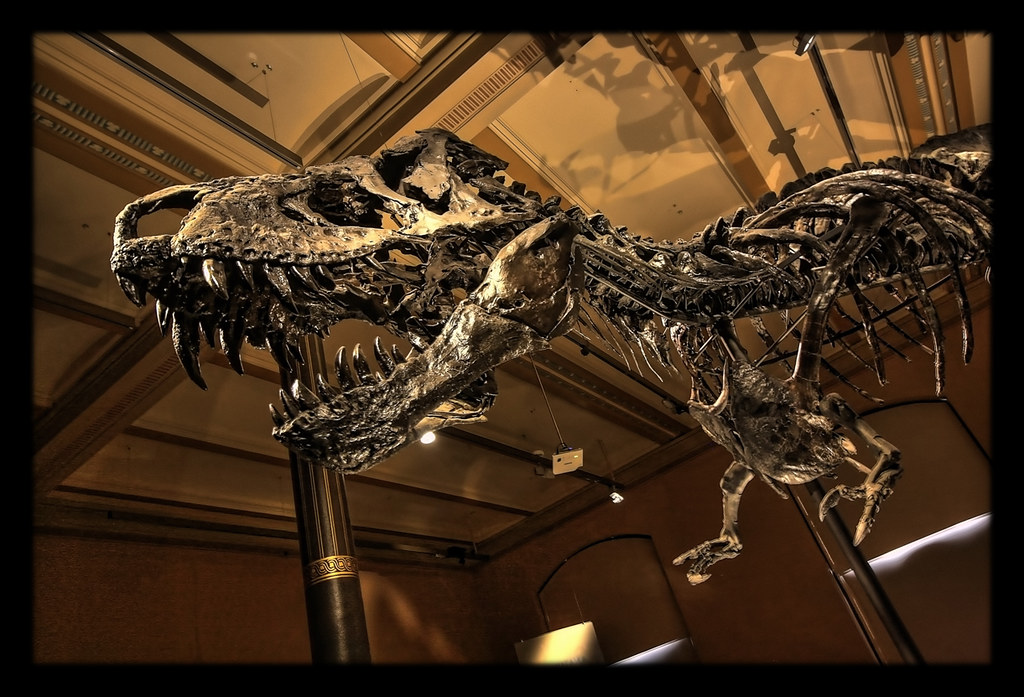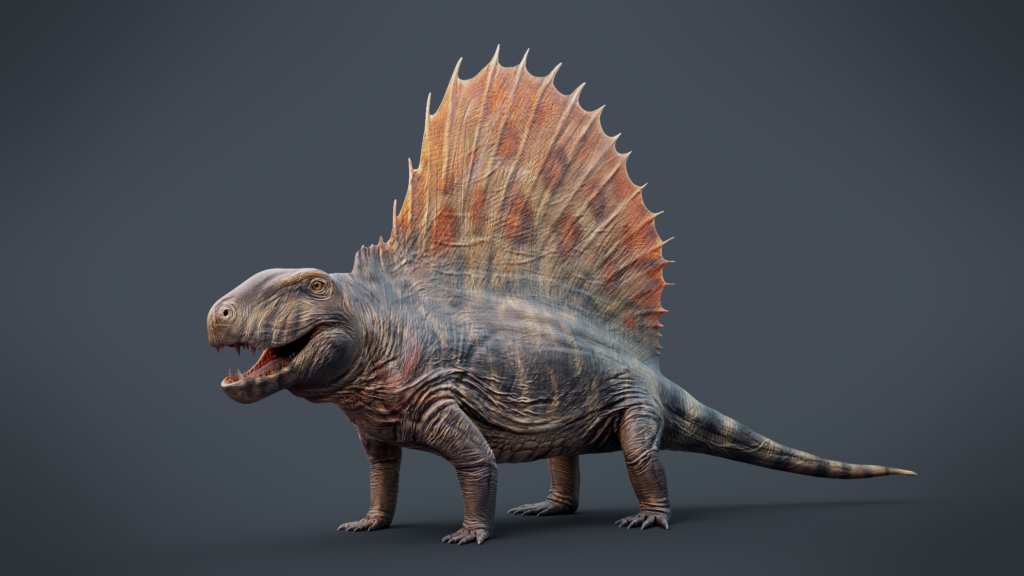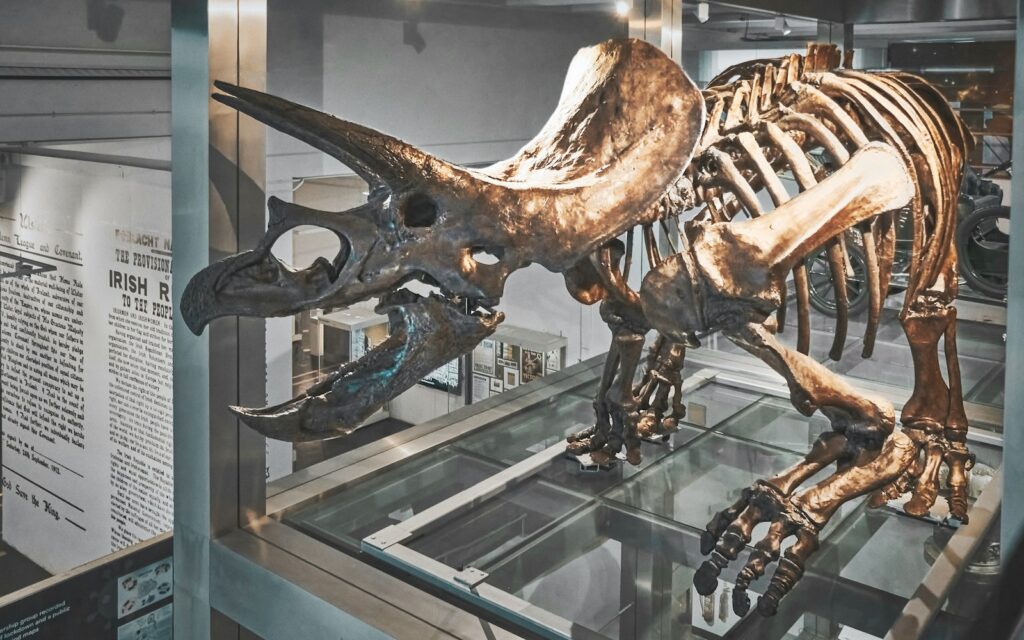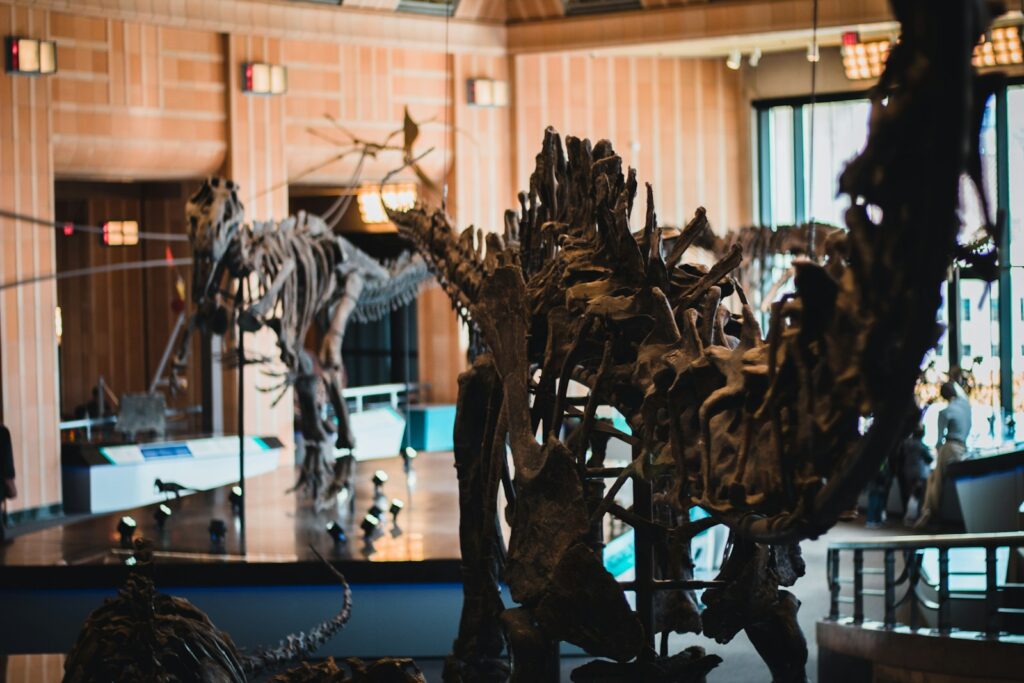The Stegosaurus, with its distinctive plates and tail spikes, remains one of the most recognizable dinosaurs to have ever walked the Earth. These iconic features have fascinated paleontologists and dinosaur enthusiasts for generations, sparking ongoing debate about their primary purpose. Were those impressive spikes primarily weapons for defense against fearsome predators like Allosaurus, or did they serve as elaborate display structures to attract mates and intimidate rivals?
This article explores the current scientific understanding of Stegosaurus anatomy, examining the evidence for different theories about how these remarkable creatures used their most distinctive features.
The Iconic Stegosaurus: A Brief Introduction

Stegosaurus lived during the Late Jurassic period, approximately 155 to 145 million years ago, primarily in what is now western North America. As a member of the Stegosauridae family, it stood out even among its relatives for its distinctive arrangement of plates and spikes. Adult Stegosaurus specimens could reach lengths of up to 30 feet (9 meters) and heights of around 14 feet (4.3 meters), making them substantial herbivores in their ecosystem.
Despite their impressive size, Stegosaurus had remarkably small brains relative to their body mass, leading to the early misconception that they possessed a second “brain” near their hips—a theory now dismissed by modern paleontologists. Their most notable features, of course, were the large, alternating plates that ran along their backs and the cluster of spikes, known as thagomizers, positioned at the end of their tails.
Anatomy of the Stegosaurus Spikes

The Stegosaurus possessed two distinct types of defensive structures: dorsal plates and tail spikes. The dorsal plates, numbering between 17 and 22 depending on the species, were large, flat, bony structures that protruded vertically from the dinosaur’s back in a staggered arrangement. These plates varied in size and shape, with the largest positioned over the hips and measuring up to 2 feet (60 cm) in height and width.
The tail spikes, formally called thagomizers (a term originated in a 1982 Far Side cartoon by Gary Larson), consisted of four pairs of horizontal spikes extending from the end of the tail. These spikes could measure up to 2-3 feet (60-90 cm) in length, were composed of solid bone, and tapered to sharp points. Unlike the plates, which were relatively thin and plate-like, the thagomizer spikes were robust, solid structures adapted for a more physical role than the dorsal plates, suggesting different evolutionary pressures shaped these distinct features.
The Defensive Weapon Theory

The most straightforward interpretation of Stegosaurus’s tail spikes suggests they evolved primarily as defensive weapons. This theory gained significant credibility with the discovery of an Allosaurus vertebra showing damage consistent with a Stegosaurus spike wound. The puncture pattern matched the shape and size of Stegosaurus thagomizer spikes, providing compelling evidence that these dinosaurs indeed used their tail armaments in active defense against predators.
Biomechanical studies further support this theory, demonstrating that Stegosaurus possessed sufficient tail flexibility and muscular control to swing its spiked tail with considerable force and accuracy.
The strategic placement of the spikes at the end of the tail created a powerful, whip-like weapon capable of delivering devastating blows to any predator that ventured too close. The thagomizer essentially created a defensive zone around the Stegosaurus, allowing the otherwise vulnerable herbivore to hold its ground against formidable carnivores like the Allosaurus, which shared its habitat.
Evidence from Fossil Injuries

Paleontological evidence offers compelling support for the defensive use of Stegosaurus spikes. The most famous example comes from a 2005 study of an Allosaurus fossil displaying a puncture wound in a tail vertebra that perfectly matches the dimensions and shape of a Stegosaurus spike. This injury shows signs of healing, indicating the Allosaurus survived the encounter but carried evidence of the Stegosaurus’s defensive capabilities.
Additional specimens of predatory dinosaurs from the same time period occasionally show similar injuries consistent with Stegosaurus spike wounds. Some Stegosaurus fossils themselves show signs of damage to their tail regions, suggesting these structures were actively engaged in physical confrontations. The distribution and nature of these injuries align with what would be expected if the spikes were regularly used in defensive situations. This fossil evidence provides some of the most direct support for the defensive weapon hypothesis, showing that Stegosaurus spikes weren’t merely theoretical deterrents but actively employed weapons.
The Display Structure Hypothesis

While defense represents an obvious function for the tail spikes, many paleontologists argue these structures may have simultaneously served important display purposes. This hypothesis suggests that the impressive tail array functioned as a visual signal to potential mates, rivals, or even other species in their environment. The size, arrangement, and possibly coloration of an individual’s thagomizer may have signaled genetic fitness, health status, or social dominance within Stegosaurus populations.
Sexual selection could have driven the evolution of more elaborate spike arrangements in a manner similar to how modern peacocks developed their extravagant tails. Some paleontologists note that the spikes appear somewhat overdeveloped for pure defense, particularly in certain Stegosaurus species, where they reach impressive proportions.
The display hypothesis doesn’t necessarily contradict the defensive function but suggests a dual-purpose adaptation that provided survival advantages in both defense against predators and competition for mates, representing an efficient evolutionary solution that addressed multiple selection pressures simultaneously.
Thermoregulation: An Alternative Theory

While much attention focuses on defense and display functions for Stegosaurus spikes, some research has explored whether these structures might have played a role in temperature regulation. This theory has been more extensively applied to the dorsal plates than to the tail spikes, with evidence suggesting the plates contained blood vessels that could have helped regulate body temperature through heat exchange. The tail spikes, being more solid and containing fewer blood vessels, likely contributed less to thermoregulation than the plates.
Nevertheless, some researchers propose that even the thagomizer spikes might have provided minor thermoregulatory benefits, particularly in larger specimens where the surface area was greater. The base of the spikes contained channels that could have housed blood vessels, potentially allowing for some heat dissipation during hot weather or heat retention in cooler conditions. While thermoregulation was likely not the primary function of the tail spikes, it represents one of several theories that highlight the potential multi-functional nature of these remarkable structures.
Species Variation in Spike Morphology

Different species within the Stegosaurus genus displayed notable variations in their spike arrangements, suggesting evolutionary adaptations to specific environmental or behavioral requirements. Stegosaurus stenops, the most commonly recognized species, typically featured four pairs of spikes on its tail, while other species like Stegosaurus ungulatus may have possessed slightly different configurations. The size, angle, and positioning of these spikes varied both between species and among individuals within the same species.
Some specimens show evidence of spikes angled more horizontally, which would have maximized their defensive reach, while others display more vertically oriented spikes that might have enhanced their visual display potential. These variations suggest that different evolutionary pressures may have shaped spike development across the genus, with some populations potentially facing different predator threats or developing distinct mating displays. The diversity in spike morphology indicates that these structures likely served multiple functions that varied in importance depending on the specific ecological niche each species occupied.
Biomechanical Studies of Tail Movement

Research into Stegosaurus tail mechanics has provided crucial insights into how these dinosaurs might have wielded their formidable thagomizers. Computer modeling and comparative studies with modern animals suggest Stegosaurus possessed remarkable control over its tail, with sufficient flexibility and muscular power to use it as an effective weapon.
Studies of the vertebral structure indicate the tail could sweep horizontally with considerable force and precision, creating a defensive zone around the dinosaur’s posterior. The tail’s design allowed for both powerful strikes and fine motor control, enabling accurate targeting of potential threats. Biomechanical analysis suggests that a Stegosaurus tail strike could deliver enough force to penetrate the hide of even large predators, potentially inflicting serious or fatal injuries.
The positioning of the spikes maximized their impact potential, with their arrangement allowing for multiple contact points during a single sweeping motion. These studies strongly support the defensive weapon theory while not excluding additional functions, such as display or species recognition, that would have required less specialized biomechanical adaptations.
Predator-Prey Dynamics in the Jurassic

Understanding the ecological context in which Stegosaurus evolved provides important clues about the function of its spikes. The Late Jurassic ecosystem included fearsome predators like Allosaurus, Ceratosaurus, and Torvosaurus—all large theropods capable of preying on herbivorous dinosaurs. These carnivores possessed powerful jaws, sharp teeth, and, in some cases, formidable claws that made them dangerous adversaries.
For a relatively slow-moving herbivore like Stegosaurus, effective defensive adaptations would have been crucial for survival. The evolution of the thagomizer likely represented an evolutionary response to this predation pressure, providing Stegosaurus with a means to deter or fend off attacks.
Fossil evidence of predator-prey interactions, including bite marks on Stegosaurus bones and the aforementioned Allosaurus injury, suggests active predation attempts did occur, reinforcing the importance of effective defensive adaptations. The Jurassic landscape thus presented an evolutionary arms race between predator and prey, with Stegosaurus developing one of the most distinctive defensive adaptations in dinosaur history.
Comparative Analysis with Other Stegosaurians

Examining other stegosaurian dinosaurs provides valuable context for understanding Stegosaurus spike function. Related genera like Kentrosaurus, Huayangosaurus, and Tuojiangosaurus also possessed tail spikes, though with notable variations in number, size, and arrangement. Kentrosaurus, for instance, featured smaller back plates but more extensive spiking along its tail and shoulders, suggesting a greater emphasis on defensive adaptations.
Huayangosaurus, an earlier stegosaurian, displayed more primitive spike arrangements that hint at the evolutionary development of these structures. These comparative studies reveal that tail armaments evolved independently multiple times within the Stegosauria, strongly suggesting they provided significant survival advantages.
The variation across different genera indicates that specific predator threats, environmental factors, and possibly display requirements shaped the particular arrangements seen in each lineage. The widespread presence of tail armaments throughout the group strengthens the case for their primary defensive function, while the specific elaborations in Stegosaurus proper might reflect additional selective pressures for display or species recognition.
Social Behavior Implications

The structure and arrangement of Stegosaurus spikes may provide clues about their social behavior and interactions. If the spikes served significant display functions, this would suggest Stegosaurus engaged in complex social interactions, potentially including territorial displays, dominance contests, or courtship rituals.
Some paleontologists have proposed that Stegosaurus might have engaged in competitive displays, with individuals facing off and presenting their tail armaments to establish dominance without resorting to dangerous physical confrontations.
The visual impact of the spikes, possibly enhanced by distinctive coloration patterns (though these haven’t been preserved in fossils), could have communicated important information to conspecifics. Evidence of Stegosaurus traveling in groups or herds remains limited, though some fossil sites suggest multiple individuals in close proximity.
Understanding whether Stegosaurus lived solitary lives or in social groups would provide additional context for interpreting the function of their distinctive tail armaments, particularly regarding their potential role in intraspecific communications and social signaling.
Modern Analogues in Living Animals

Looking at modern animals with defensive spikes or elaborate display structures provides useful analogies for understanding Stegosaurus adaptations. Porcupines and echidnas use their spines primarily for defense, while animals like horned lizards employ their spiky structures for both protection and thermoregulation. The elaborate horns of modern bovids serve multiple functions, including defense against predators, competition for mates, and species recognition.
Perhaps the most relevant modern parallel comes from the spiny tails of certain lizards and the thagomizer-like tail clubs of ankylosaur dinosaurs, both specialized for defense. Stegosaurus likely resembled these multiple-function examples rather than single-purpose adaptations. The success of spiny defensive structures across numerous animal lineages throughout evolutionary history demonstrates their effectiveness as anti-predator adaptations.
At the same time, the frequent co-option of defensive structures for display purposes in living animals suggests Stegosaurus spikes likely served multiple roles, with their impressive visual impact naturally lending itself to secondary functions in social and reproductive contexts, even if defense remained their primary purpose.
Unanswered Questions and Future Research

Despite decades of study, significant questions about Stegosaurus spikes remain unanswered, presenting opportunities for future research. The exact coloration patterns of these structures remain unknown, though new techniques for detecting pigment traces in fossils may eventually provide insights into whether they featured distinctive colors that would enhance their display function.
More biomechanical studies using advanced computer modeling could further clarify the offensive and defensive capabilities of the thagomizer, including its striking force and potential combat strategies. Additional fossil discoveries, particularly of predator bones showing Stegosaurus spike injuries, would strengthen our understanding of how frequently these weapons were employed in actual combat situations.
Soft tissue studies of related living reptiles might provide clues about the covering of these spikes—whether they were sheathed in keratin like modern animal horns or had other soft tissue coverings that might have enhanced their appearance or function. As paleontological techniques advance, researchers continue working to unravel the full story of how Stegosaurus used one of the most distinctive anatomical features in dinosaur evolution.
Conclusion: A Multi-Purpose Adaptation

The evidence suggests that Stegosaurus spikes likely served multiple functions, with defense being the primary but not the exclusive purpose. The fossil record provides direct evidence of defensive use through predator injuries, while biomechanical studies confirm the effectiveness of the thagomizer as a weapon.
However, these impressive structures almost certainly played additional roles in display, species recognition, and possibly minor contributions to thermoregulation. Rather than representing an either-or scenario, Stegosaurus spikes exemplify how evolution often produces adaptations that serve multiple beneficial functions simultaneously.
This multi-purpose view aligns with what we observe in modern animals, where defensive structures frequently acquire secondary social and reproductive functions. The iconic spikes of Stegosaurus thus represent one of nature’s most successful and recognizable adaptations—a remarkable example of evolutionary problem-solving that helped these herbivorous dinosaurs thrive in a world filled with fearsome predators.




